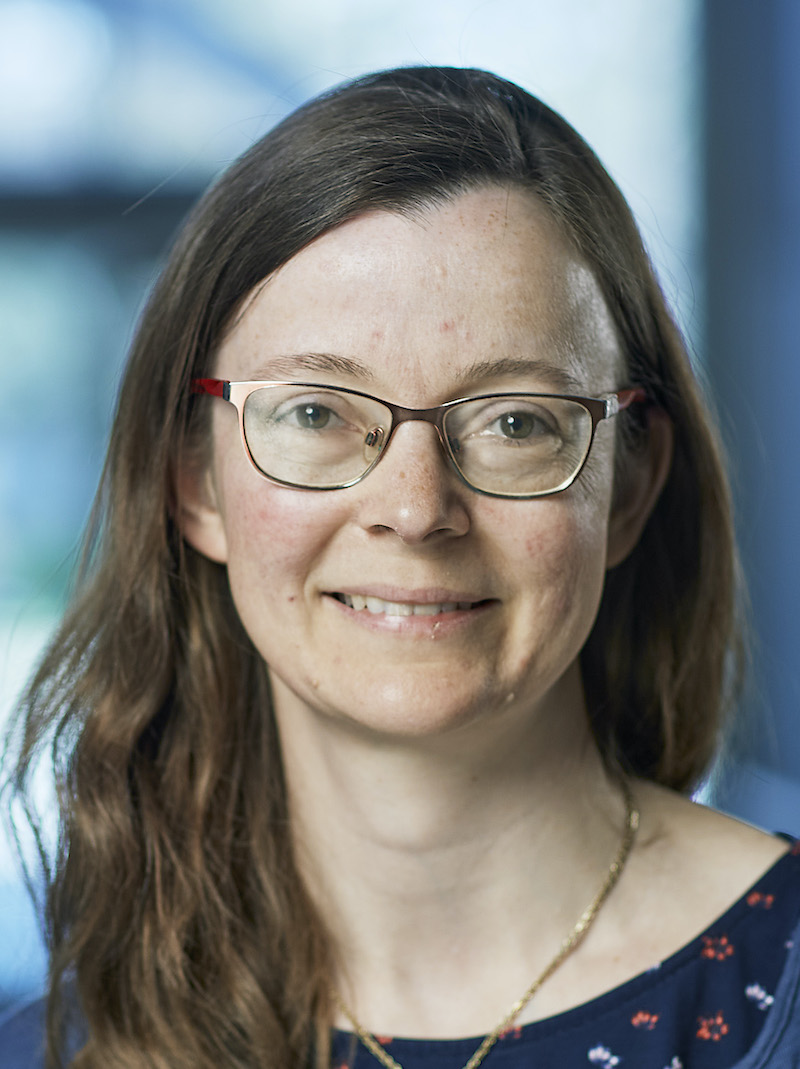Rare Genetic Variants in Neurodevelopment Disorders

Our goal is to improve the understanding of (neurodevelop)mental disorders and neurogenetic mechanisms shaping human behavior, cognition, and development.
As ‘models’, we use rare genetic variants, in particular copy number variants (CNVs), i.e. regions of the genome either deleted or duplicated. Carriers of certain CNVs are at elevated risk for a wide range of medical and behavioral consequences including brain disorders and some display large macroscopic effects on brain structure. The exact same CNV may confer elevated risk for several different (brain) disorders while reciprocal CNVs (at each end of the dosage response) may be associated with the same disorder. This suggests that brain disorders are highly interlinked. Consequently, through CNV studies, we may disentangle the mechanisms behind interrelated disorders and their influence on disease (both mental and somatic) outcome.
Collaborative efforts are essential due to the low frequency of CNVs (1 in ~400 down to 1 in ~50,000). We take advantage of global collaborations and novel Norwegian initiatives (such as the Norwegian Mother, Father and Child pregnancy study (MoBa). Internationally, the group coordinates the ENIGMA-CNV working group (https://enigma.ini.usc.edu/ongoing/enigma-cnv/), a part of the Enhancing Imaging Genetics through Meta-Analysis consortium, and, nationally to, we have tight links to the Norwegian Centre for Mental disorders, NORMENT (https://www.med.uio.no/norment/english/) and the K.G. Jebsen Centre for Neurodevelopmental Disorders (www.med.uio.no/klinmed/english/research/centres/kgj-neurodevelopmental-disorders/)). Through the latter, we recruit clinical carriers of CNVs to study all scales of the spectrum of CNVs.
We also enjoy fervent, far-out discussions, a good laugh and to work in a collaborative, supportive spirit. Thus, we always welcome enthusiastic, fun, new additions to the group.